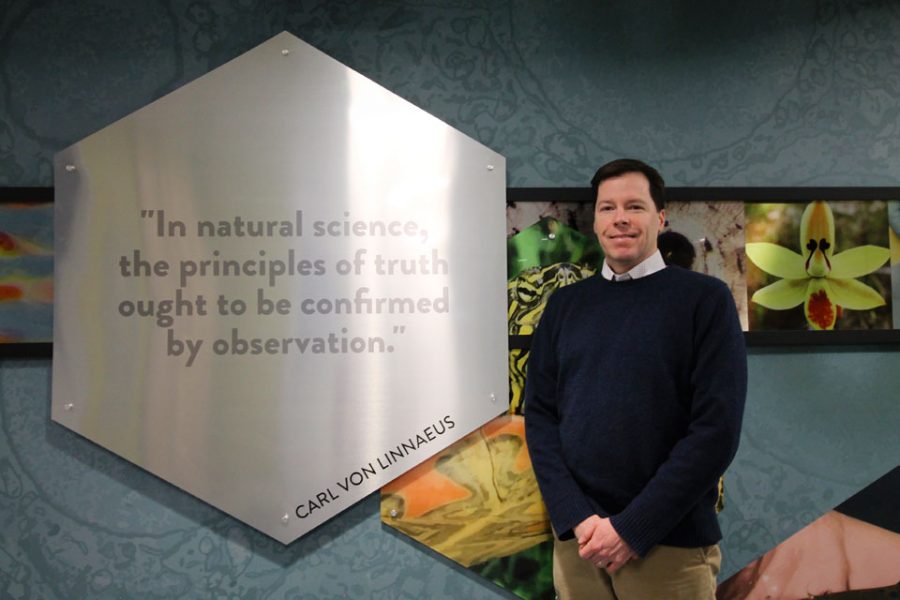Hair. We all have it. It takes some people all morning to style it. Many of us continually damage it with blow dryers, straighteners and curlers. Multiple products are applied without knowing how they react to one another. Choosing a hair dresser makes or breaks a look. Our relationship with our hair would be deeper if we knew more about it.
What is hair made of?
One hair is made of three parts: the shaft is the part we can see, the follicle anchors the hair into the skin, and the bulb is the base of the follicle where cells divide to cause hair to grow. Within the hair bulb, blood vessels, hormones and nutrients influence hair growth.
How does hair grow?
Growth occurs in three stages. Anagen, or the growth phase, is what a majority of your hair is in at all times. Catagen, or the transitional phase, is a several week period where hair growth slows and the follicle shrinks. Telogen, or the resting phase, is when a hair falls out of the follicle, and this follicle does not grow another hair for several months.
How fast does it usually grow?
This depends on the person, but the average rate is around half an inch per month.
What causes hair to turn gray?
This also depends on the person, but generally, the melanin producing cells that give hair its color die with age. Without the pigment producing cells, the hair turns gray.
Why do some people lose hair?
There are many conditions that can cause a person to lose hair. Alopecia refers to hair loss, but the cause can vary. Alopecia areata is an autoimmune disorder where a person’s immune system attacks the hair follicles and causes hair to fall out either in patches or entirely. This applies to any part of the body, not just the head. Postpartum alopecia refers to the hair loss a mother experiences after giving birth, which is caused by a sudden change in hormone levels. Androgenic alopecia refers to both male and female pattern baldness, which can be caused by various reasons but most often is heredity.
What makes a person have thick or thin hair?
What a person is born with depends on what they inherited. However, how a person treats their hair can change the texture and diameter of the hair shaft. With age, the diameter of the shaft and the number of hairs in the growth phase decrease. Additionally, chemicals and heated treatments weaken hair. Different products, such as Rogaine for either men or women, encourage new hair to grow and prevent any more from falling out. While it is a myth that hair grows back thicker and darker after shaving it off, it will grow back healthier, as it is free of chemicals and heated treatments.
And so, part of the mystery of what one spends so much time gelling and grooming each day is solved.






